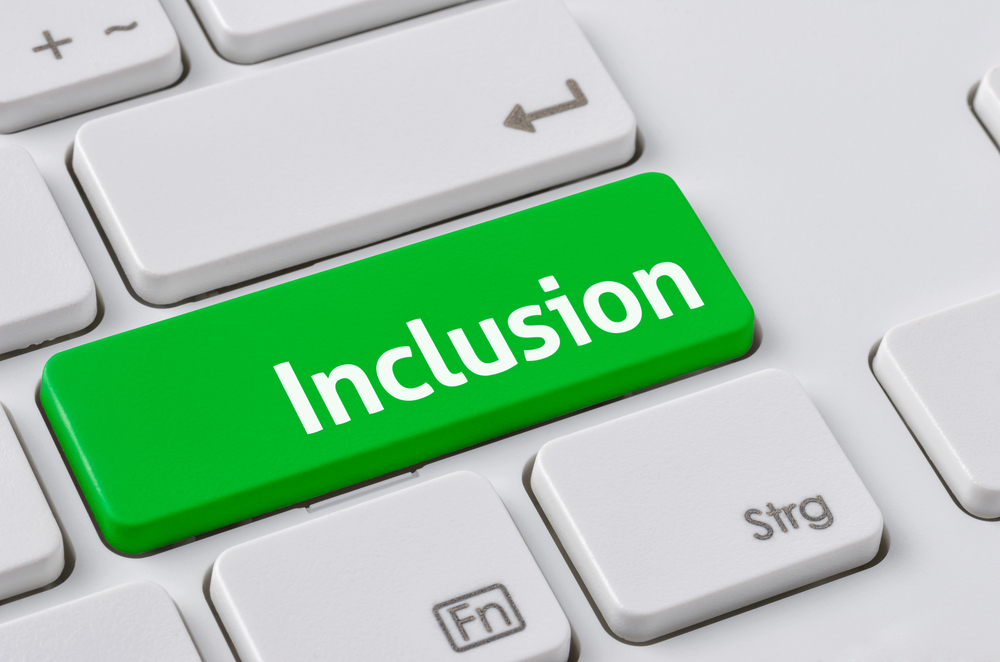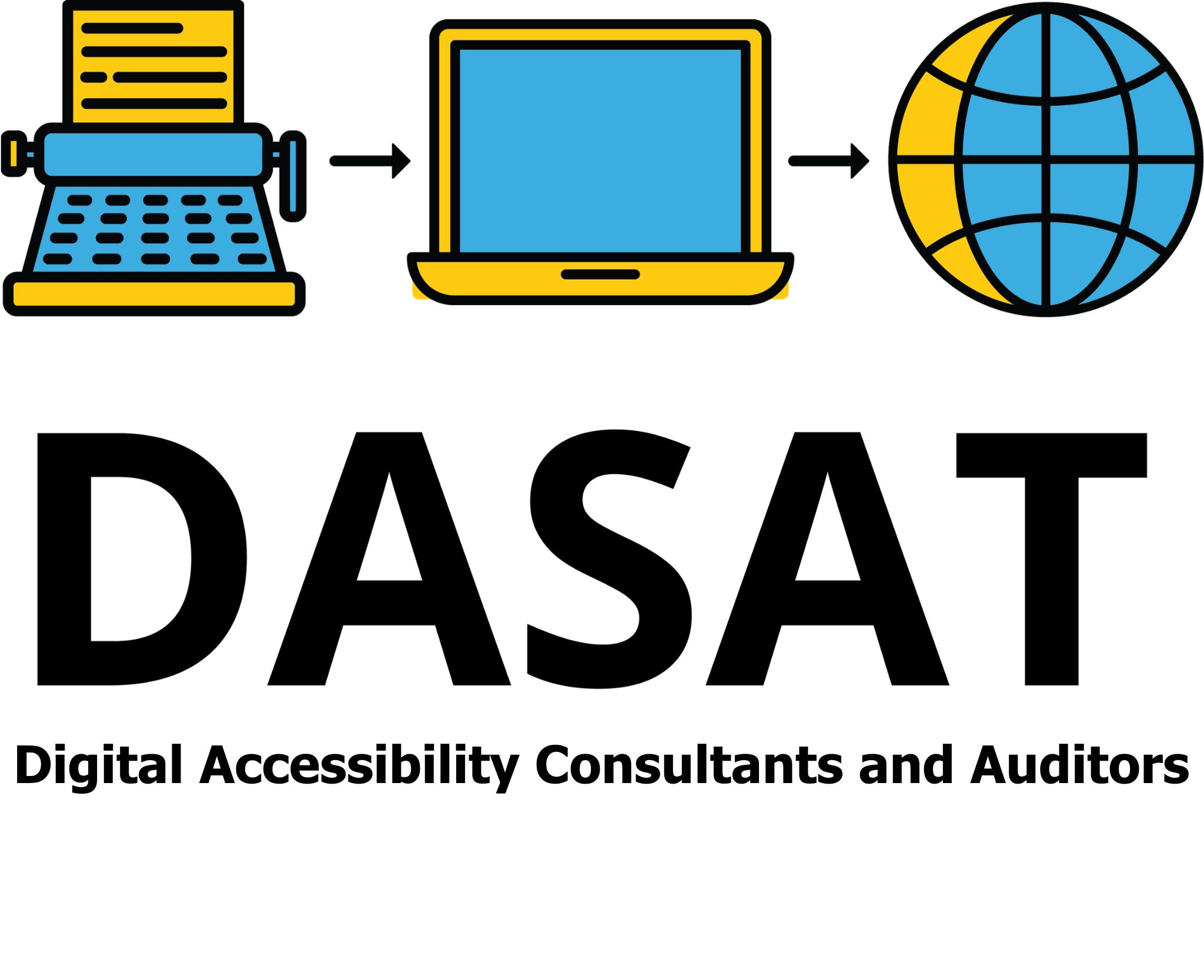 Digital Accessibility and Mental Health:
Digital Accessibility and Mental Health:
Why It Matters and How to Do Better
Digital tools are part of everyday life. Think websites, apps, email, and messaging. For most people, these tools save time and make life easier. However for people living with mental health conditions, some digital features can do the opposite. They can create stress, confusion, or even harm.
Let’s look at the challenges people face, the kinds of digital triggers that can cause problems, and practical tips for making online communication safer and kinder.

The challenges people face online
When we think about digital accessibility, we often picture physical or sensory disabilities. But mental health is just as important. Anxiety, depression, trauma, and other conditions can all affect how someone interacts with digital tools.
Here are some common challenges:
- Too much information at once: A homepage full of pop-ups, banners, and moving graphics can overwhelm someone who is already struggling to focus.
- Poor spacing: When there is not enough spacing between lines and paragraphs it can give an overwhelming and confusing feelings.
- Unexpected sensory input: Autoplay videos with loud sound or flashing images can cause shock, panic, or even flashbacks.
- Complex language: Long, jargon-heavy forms and instructions can block access for people who find concentration difficult.
- Endless forms: Sign-up pages with no save option can feel impossible for someone with low energy or motivation.
- Poor error messages: A blunt “Invalid input” message can make users feel stressed and ashamed rather than supported.
- Forced verification: CAPTCHAs that rely on tricky image or audio challenges can exclude people entirely.
- Constant notifications: Frequent alerts and pop-ups can raise stress levels and disrupt coping strategies.
- Hidden support: Some sites hide contact details or only offer chat bots. For people in distress, this can make the difference between getting help and giving up.

What can trigger distress?
Digital triggers are often unintentional, but they can still cause harm. Common ones include:
- Sensory overload from too much movement, sound, or colour.
- Startle responses caused by autoplay media or sudden pop-ups.
- Flashbacks brought on by intense images or unexpected content.
- Panic and anxiety triggered by confusing navigation or pressure tactics like countdown timers.
- Hopelessness from long or unclear processes with no sense of progress.
- Shame and stigma when error messages or system responses feel blaming.
- Cognitive overload when there are too many choices, unclear steps, or too much text to process.
For more information, the W3C’s Cognitive and Learning Disabilities Accessibility Task Force has useful resources on inclusive design.

Making digital communication kinder
The good news is that making life easier for people with mental health conditions also makes things better for everyone. Here are some practical steps:
- Use plain language: Keep sentences short, avoid jargon, and break text into small sections. Use headings and bullet points to make scanning easier. Learn more about accessible communication.
- Reduce sensory load: Turn off autoplay for videos, avoid flashing graphics, and keep layouts clean. If animation is needed, let users pause or reduce motion.
- Add content warnings: If material could be upsetting, give people a clear warning first. Offer a “simple view” or “low sensory mode” when possible.
- Make forms easier: Allow people to save progress, show a clear progress bar, and keep required fields to a minimum. Small touches like smart defaults can make a big difference. The Australian Government Digital Service Standard has guidance on making forms accessible and user-friendly.
- Write supportive error messages: Explain what went wrong and how to fix it, in a calm and helpful tone. For example: “Your password must be at least eight characters. Try adding a number or symbol.”
- Offer real support options: Make it easy to reach a person when needed — by phone, email, or live chat. Put contact details where people can see them without searching. You can contact DASAT here.
- Manage notifications: Let users turn off or limit alerts. Batching non-urgent notifications reduces stress and distraction.
- Keep navigation predictable: Stick to consistent layouts and labels. Step-by-step guidance makes it easier for people who may be struggling to focus.
- Involve lived experience: Test websites and apps with people who have mental health conditions. Their feedback will highlight issues that designers and developers often miss.
- Provide easy escape options: Offer a clear “stop” or “back” button for heavy content, and a one-click way to switch to plain text or focus mode.

Words matter too.
Tone is just as important as design. Respectful, supportive wording makes a big difference. Instead of saying, “You failed to submit,” try “Something went wrong. Here’s how to try again.”
For writing guidance, the Plain Language Association International offers helpful resources.

Safety comes first.
If your site or messages talk about mental health, always include a short line about where to get urgent help. Provide a trusted local helpline number or a link to services.
In Australia, Lifeline is available 24/7 on 13 11 14.

Final Thoughts
Digital accessibility for mental health is not a “nice to have.” It is a vital part of good design and respectful communication. Clearer language, fewer surprises, and easier access to support make the online world safer for everyone.
When we build digital spaces with care, we create more than access. We create trust. And trust is the foundation of every healthy digital experience.
A question to consider: What small change could you make today to reduce stress and improve digital access for people with mental health conditions?
